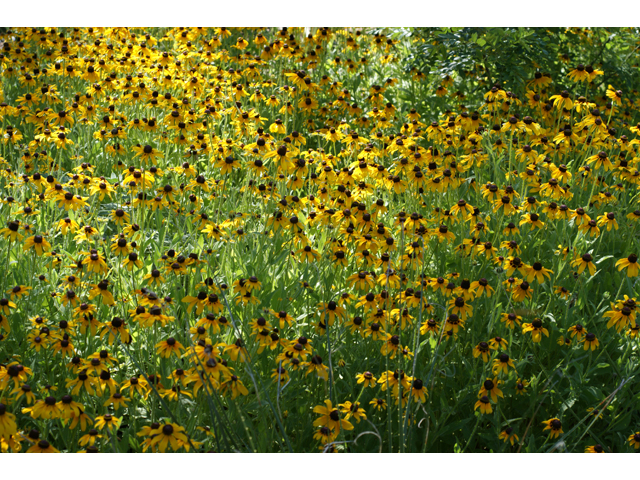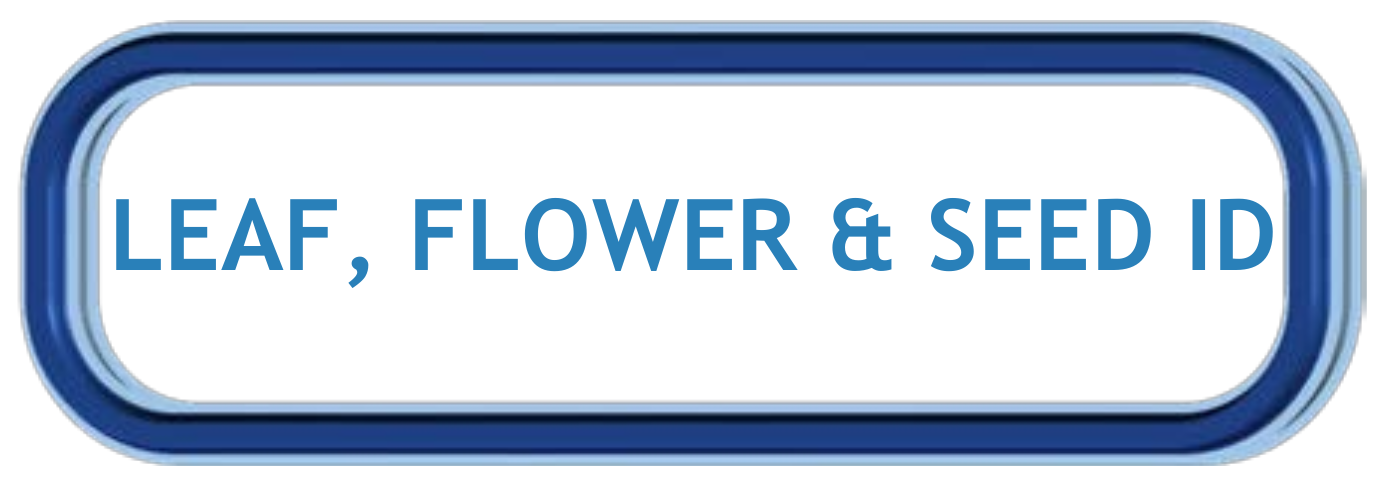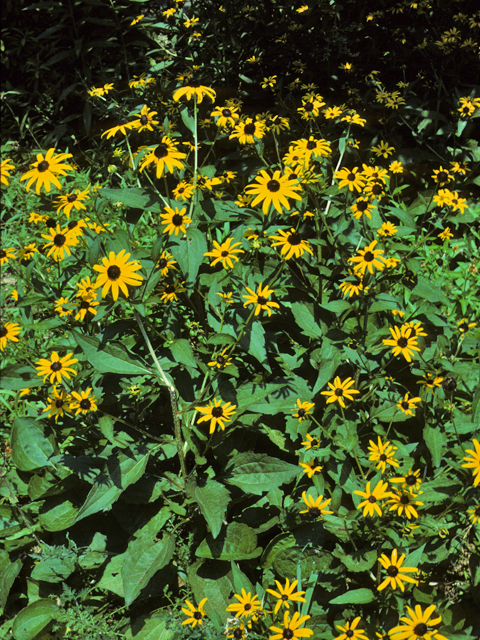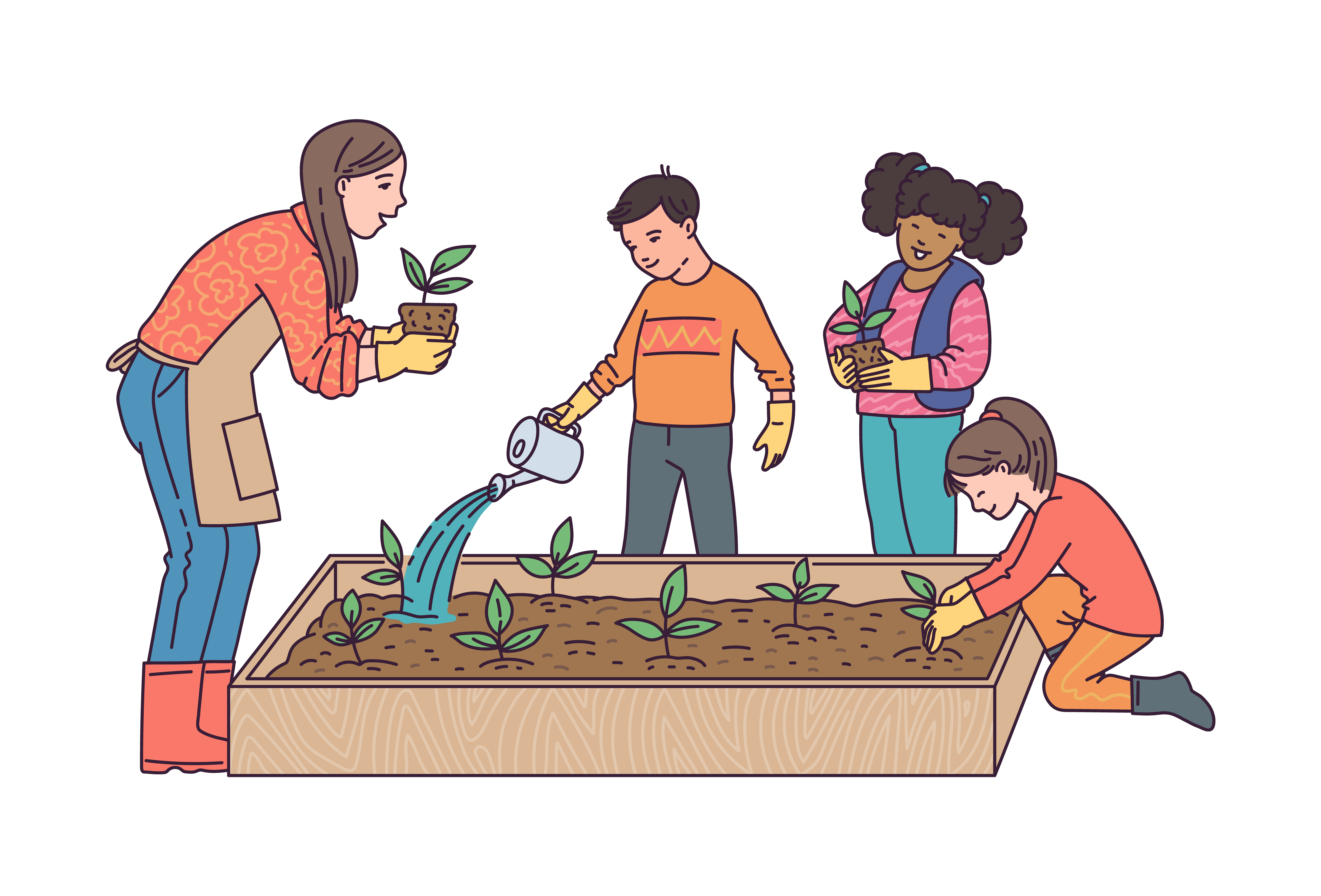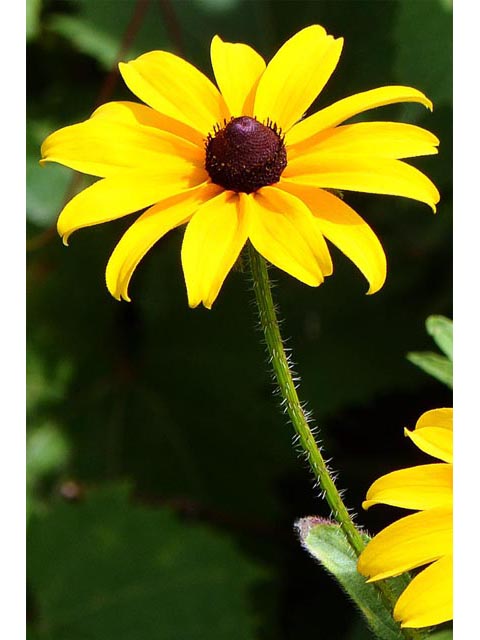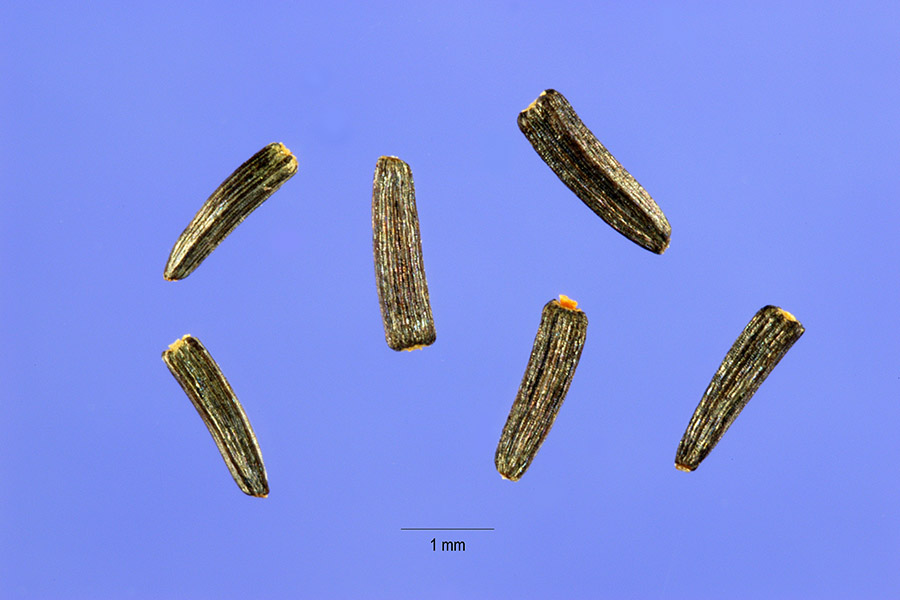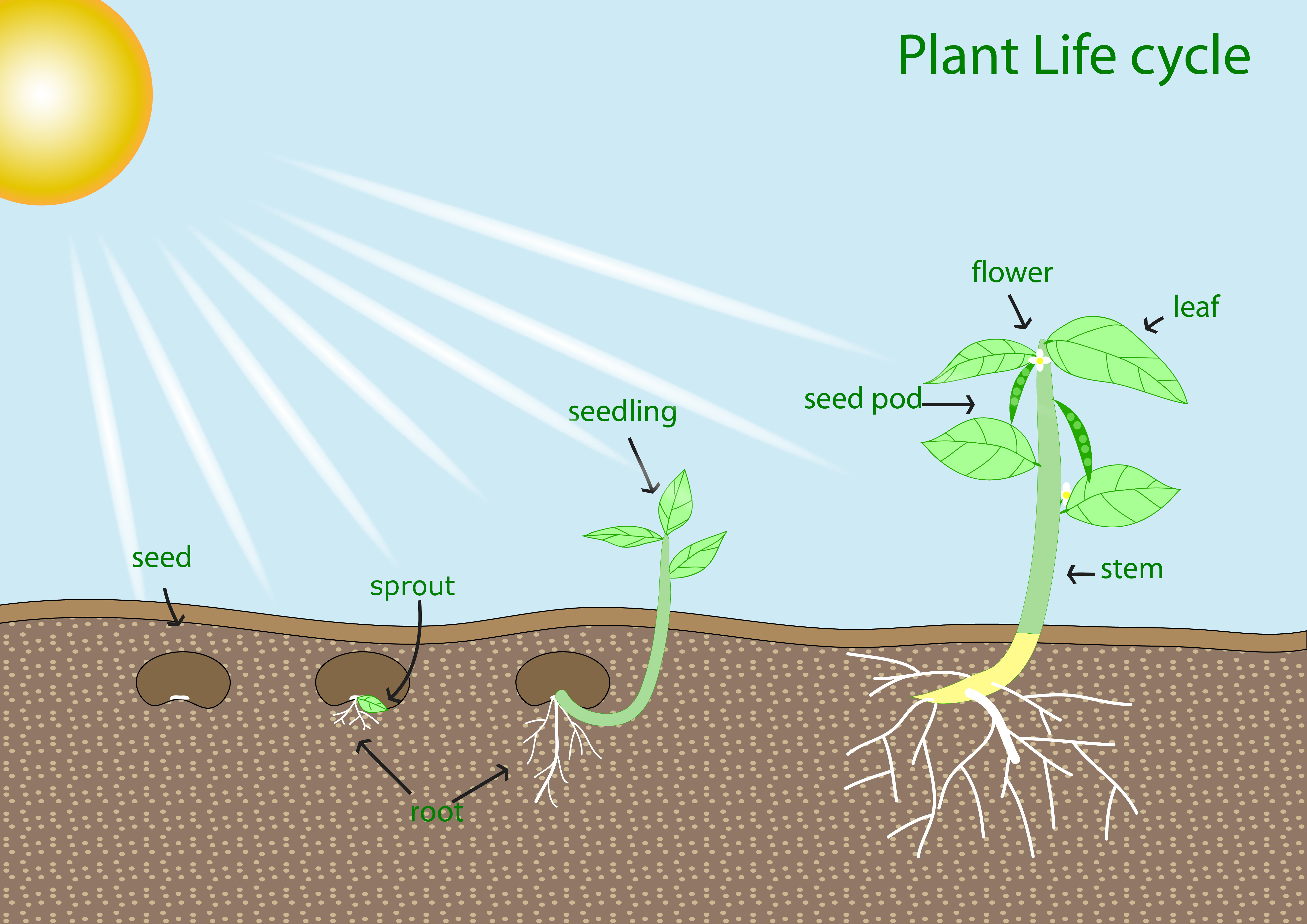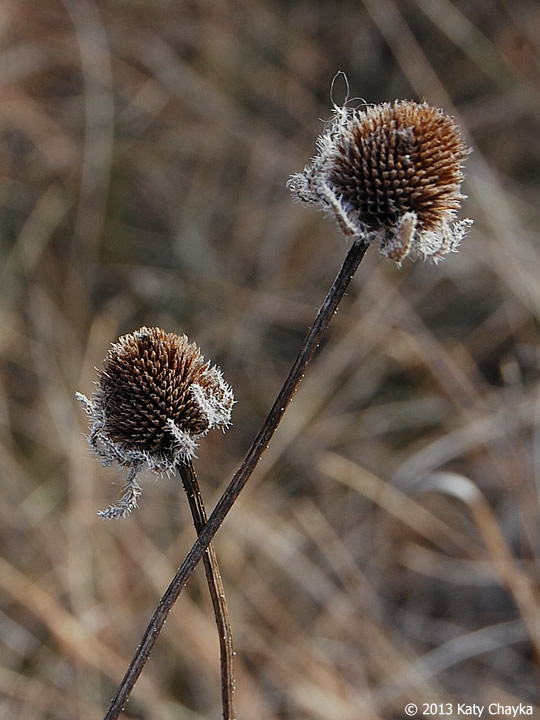Dig into Plants: Black-eyed Susan
| Black-eyed Susan Other Common Names: Common Black-eyed Susan, Brown-eyed Susan Scientific Name: Rudbeckia hirta Native to Alabama: Yes |
|
Lady Bird Johnson Wildflower Center Ray Mathews Click on image to enlarge it |
Learn more about...
| Ecological Benefits |
| This plant provides food for: | ||||
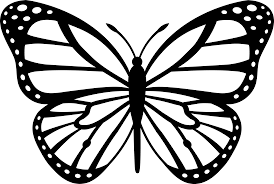 |
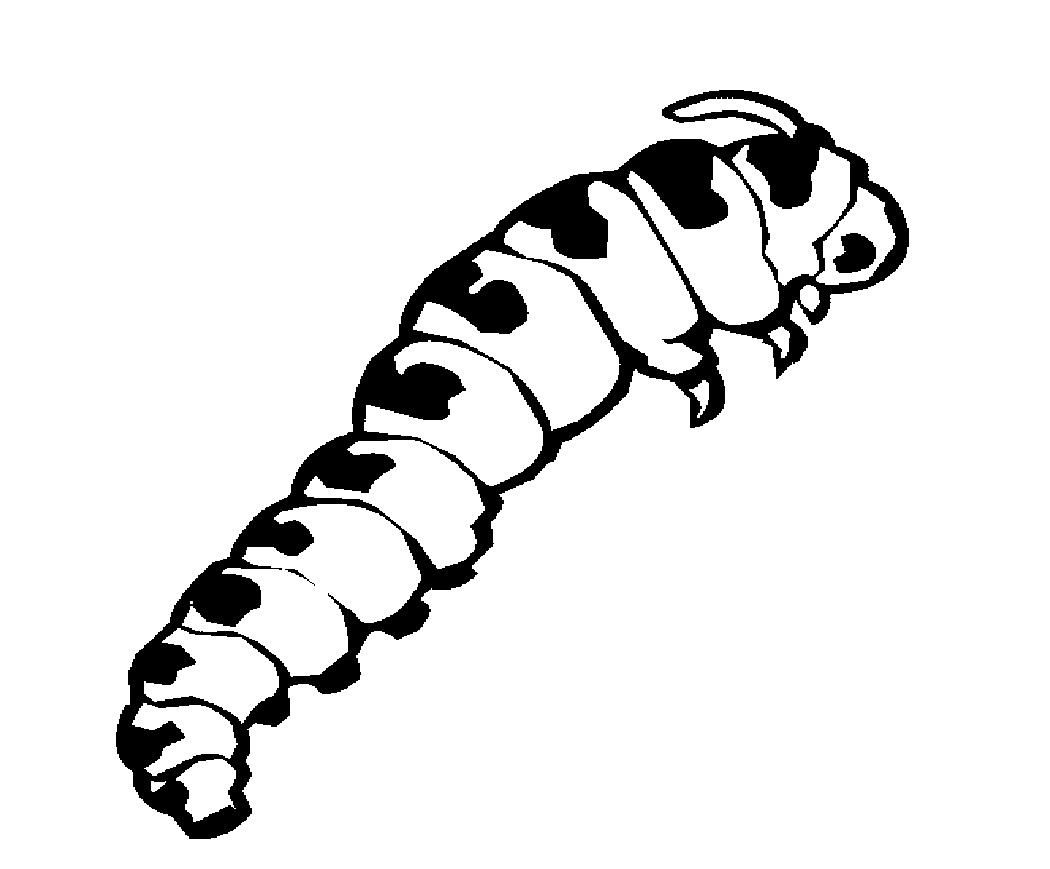 |
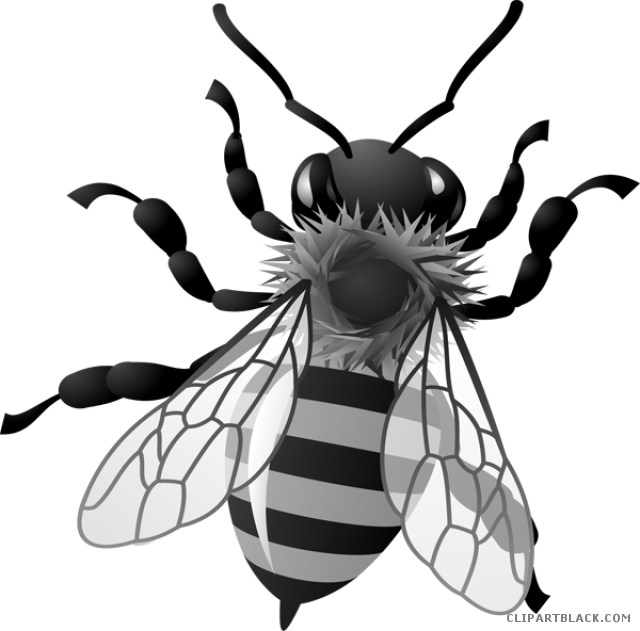 |
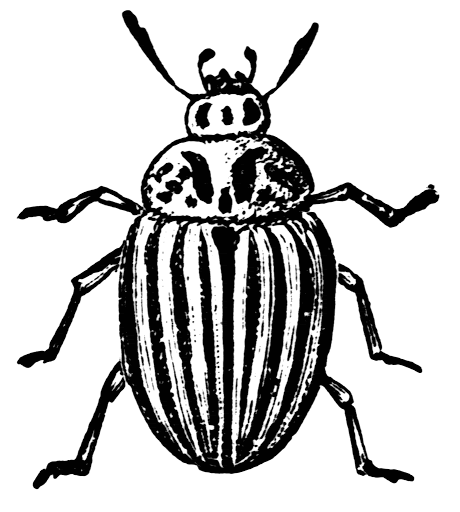 |
 |
| Butterflies | Caterpillars | Native Bees | Other Pollinators | Other Birds |
| Gorgone Checkerspot | ||||
| Other Ecological Benefit(s): | ||||
| White-tailed deer graze on basal leaves in winter, bobwhite quail and wild turkey eat seeds | ||||
| Other Plants Found in Alabama with Similar Ecological Benefits: |
|||||
| Orange Coneflower (Rudbeckia fulgida) |
Green-headed Coneflower (Rudbeckia laciniata) |
Shiny Coneflower (Rudbeckia natida) |
|||
|
|
|||||
| Softhair Coneflower (Rudbeckia mollis) |
Browneyed Coneflower (Rudbeckia triloba) |
|||
|
|
|
|
|
|
| Habitat Requirements | |||
| This plant prefers: | |||
|
(6+ hours of sun per day) |

Average Watering |
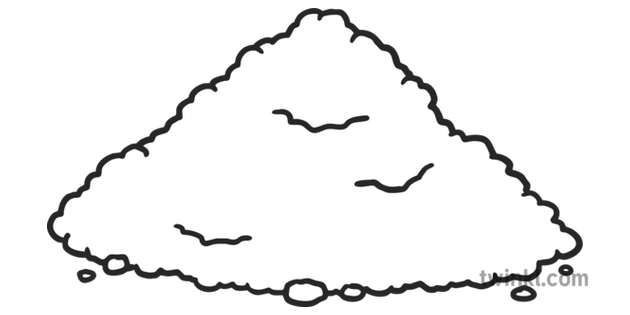 Well-drained, Sandy, Loamy, Clay, Acidic, Well-drained, Sandy, Loamy, Clay, Acidic,or Moist Soil |
|
| Leaf, Flower & Seed Identification | ||||
| LEAF DESCRIPTION |
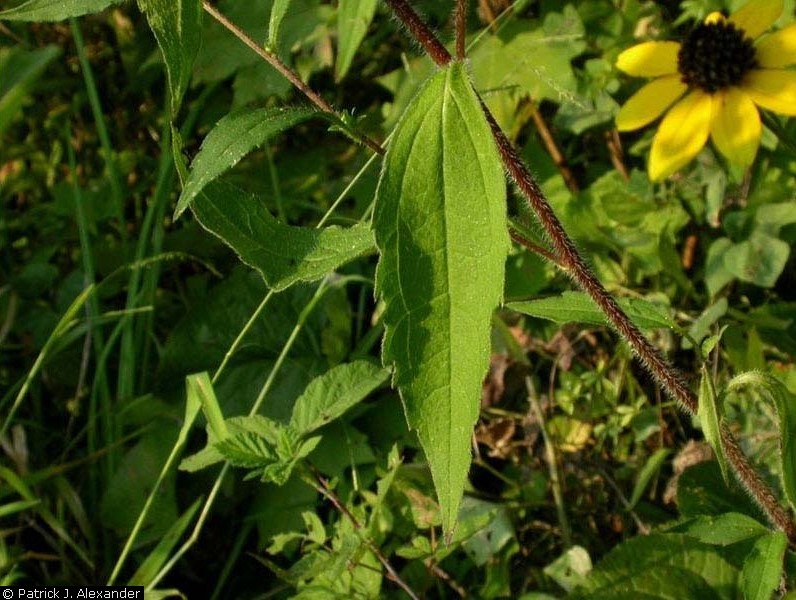 USDA Plants Database Patrick J Alexande Click on image to enlarge it |
|||
| Leaf Characteristics Chart (PDF) | ||||
| Shape: Ovate |
Margin: Serrate |
Arrangement: Alternate |
Form: Simple |
|
|
|
|
|
|
|
| Description: | ||||
| Basal leaves (leaves at the base of the stem) have a stalk, are ovate, and are covered in bristly hairs; some leaves along the stem have stalks and others don’t, they are elliptical, serrate or entire, and hairy; up to 3” wide and 4” long | ||||
| FLOWER DESCRIPTION |
Lady Bird Johnson Wildflower Center
James L. Reveal Click on image to enlarge it |
|||
| Flower Shape Chart (JPG) | ||||
| Color: Yellow |
Shape:
Radiate/Ligulate |
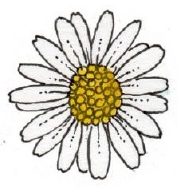 |
Bloom Months: Jun - Oct |
|
| Description: | ||||
| 2-3” wide flower occurs singly atop 1-2-foot long rough stems; disk florets (tubular, fertile floret that forms disk) form brown central cone; showy golden-yellow ray florets (narrow, petal-like, infertile floret that surround the disk) create daisy-like flower heads | ||||
| SEED DESCRIPTION |
USDA-NRCS PLANTS Database
Steve Hurst Click on image to enlarge it |
||
| Type: Fruit - Dry Seed Pod |
Description:
Center disk becomes head of dry, dark brown-black, 4-sided, elliptical seeds lacking tufts of hair
|
Months in Seed: Summer - Fall |
|
| Plant spreads by: | |||
| Seeds | |||
ADDITIONAL RESOURCES FOR TEACHERS
| Quick Fact Sheet (Condensed Species Info) |
Plant ID Sign: Ready as-is PDF |
Plant ID Sign: Editable Word Doc |
QR Code (Links to this Webpage) |
INFORMATION SOURCES FOR THIS PLANT
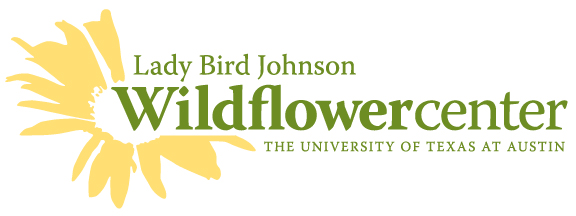 |
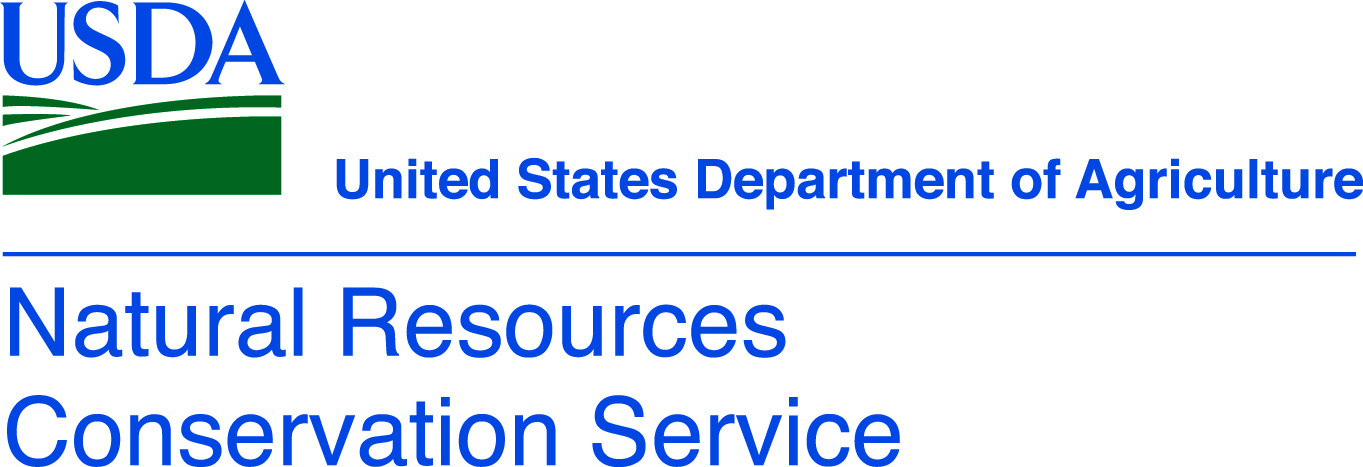 |
|
|
|
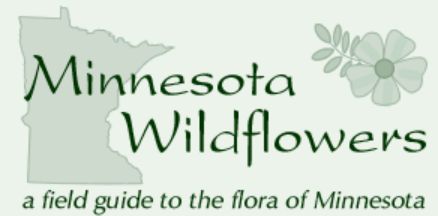 |
|
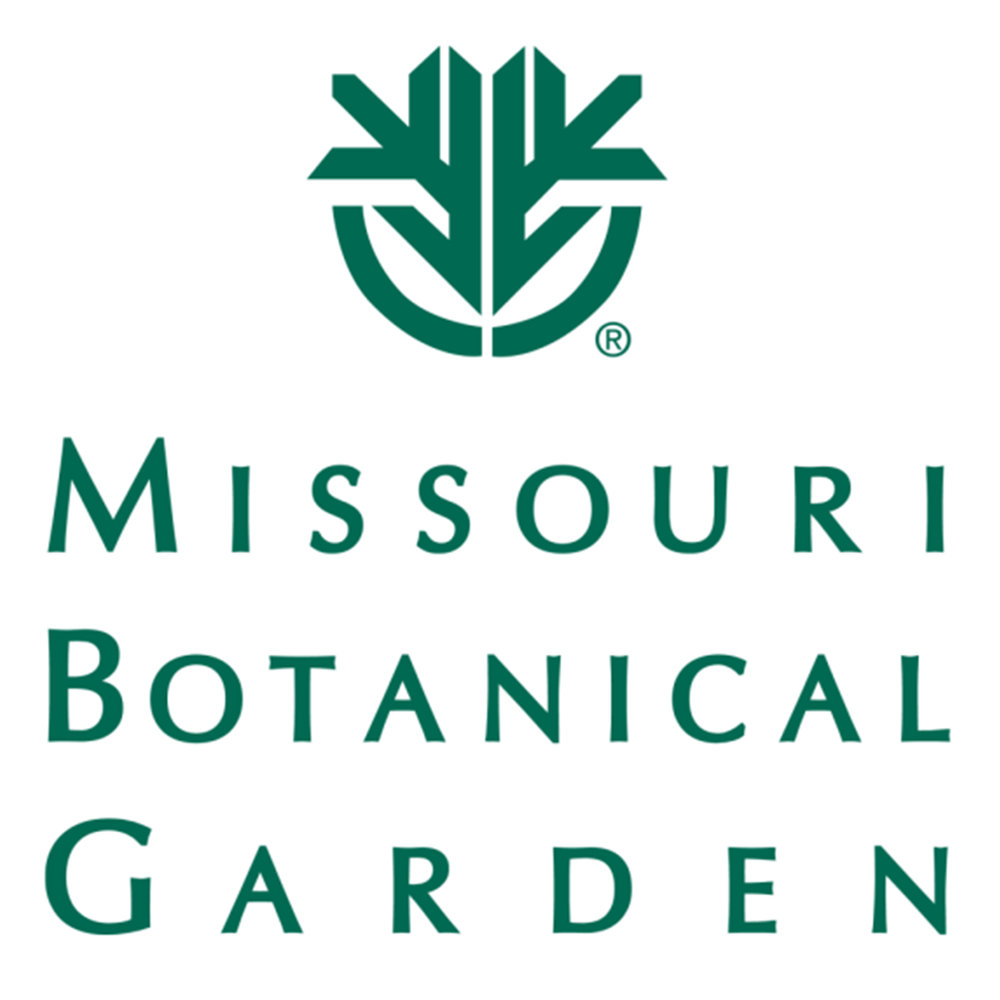 |
 Wildlife Tag
Wildlife Tag
